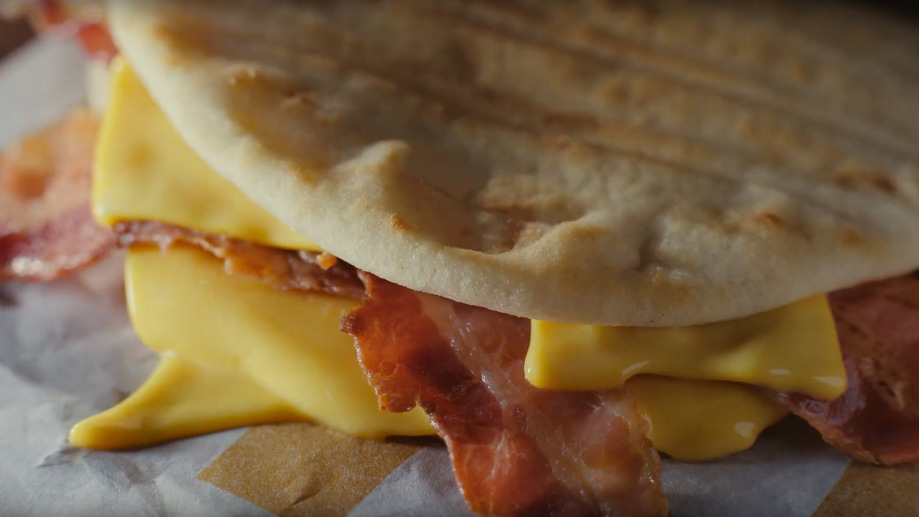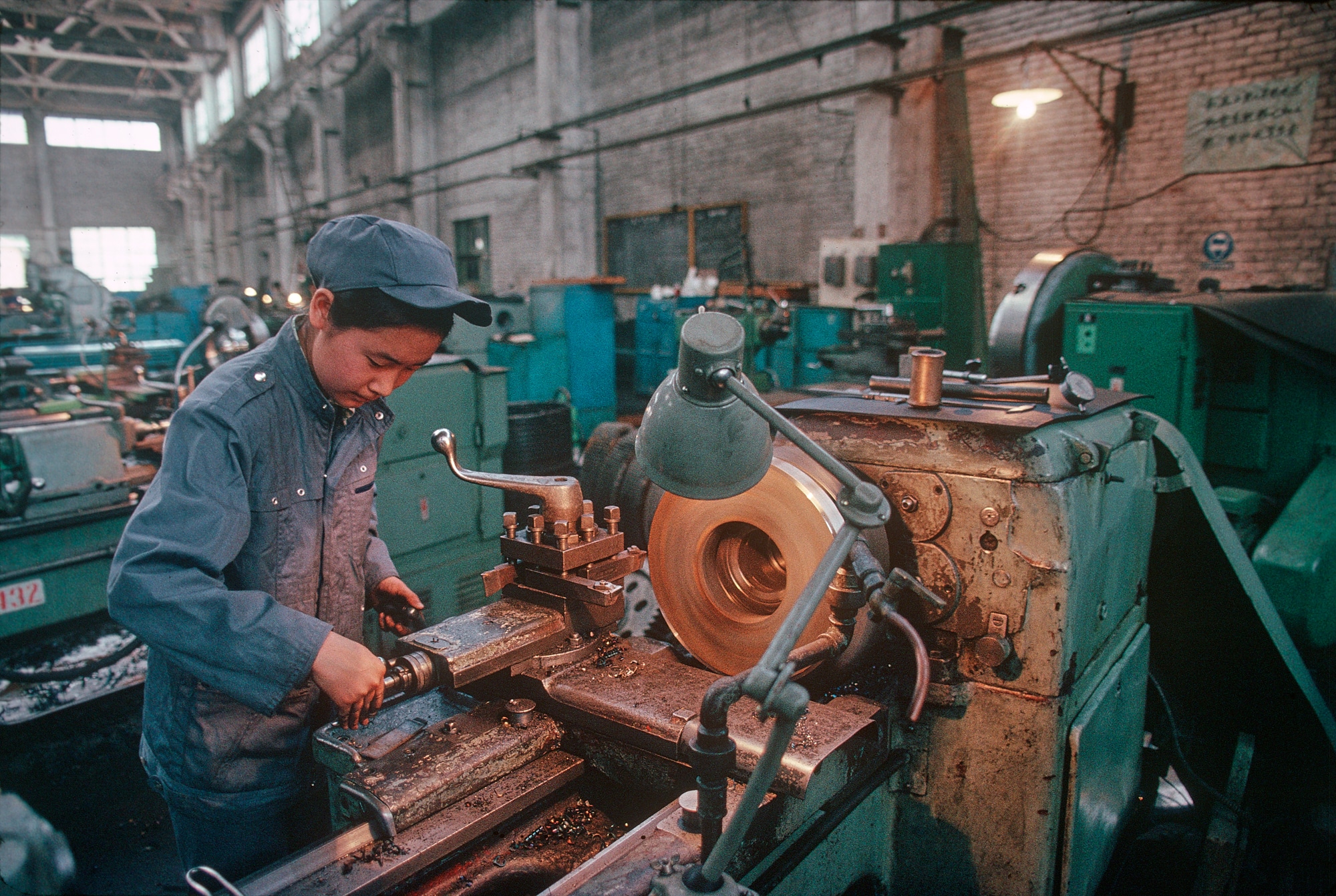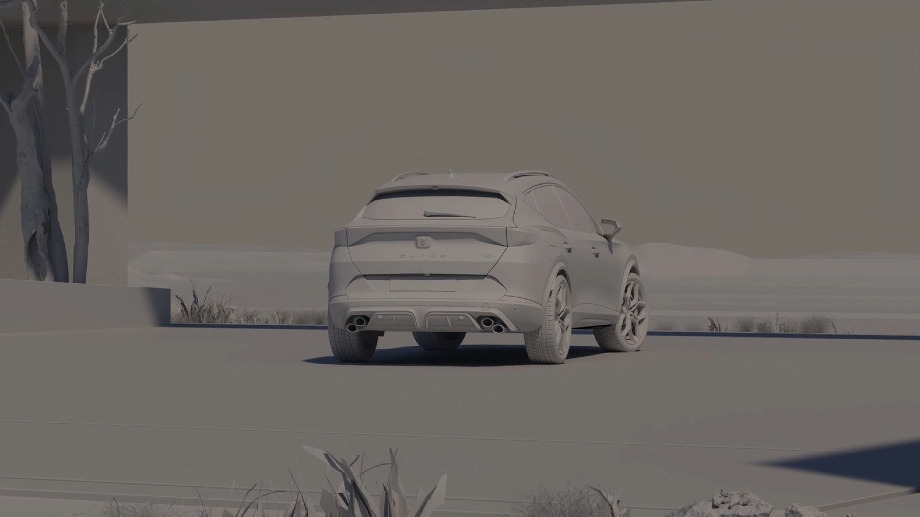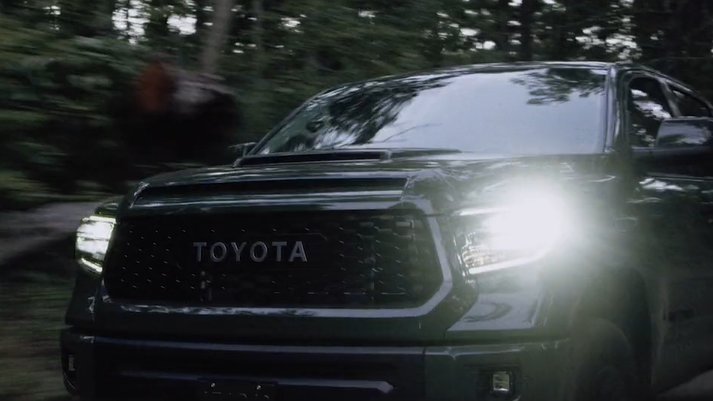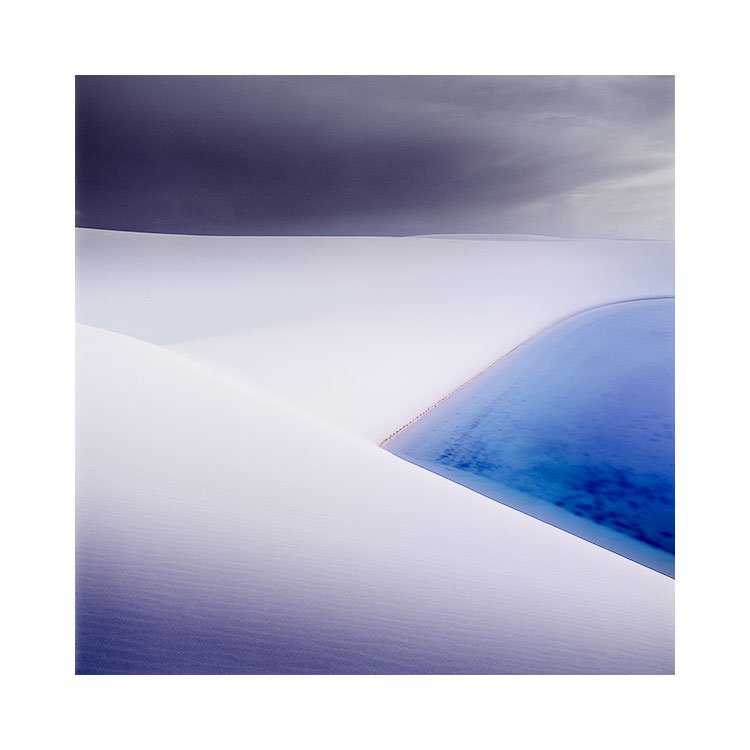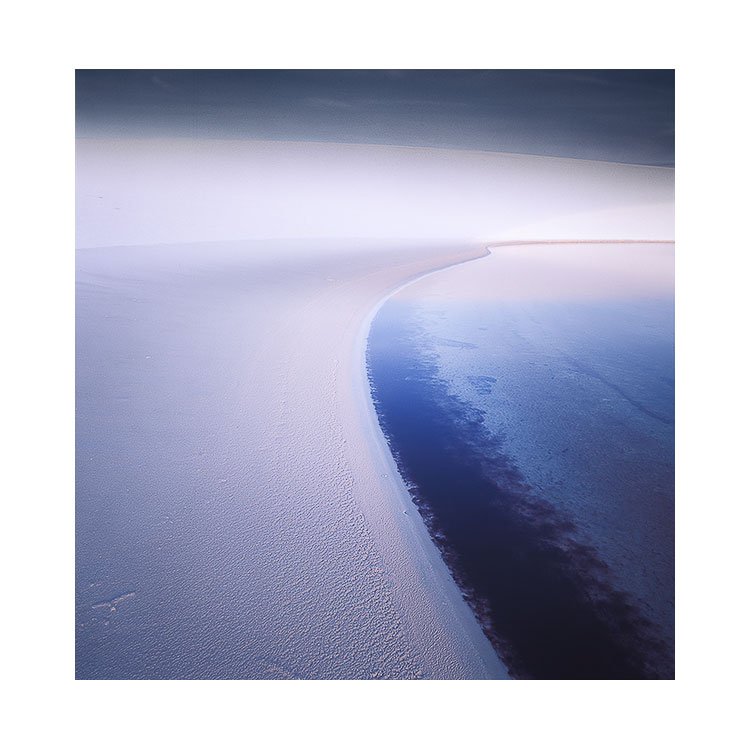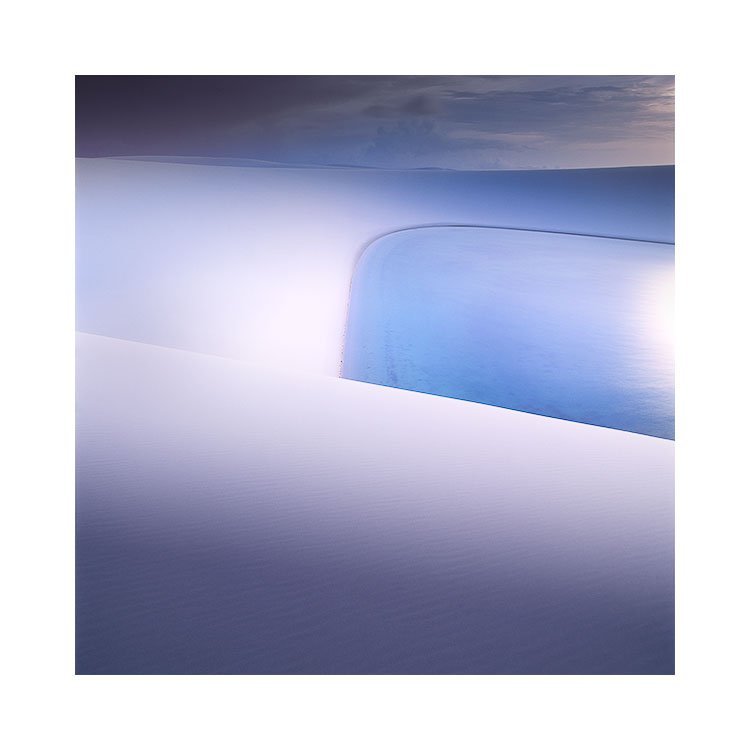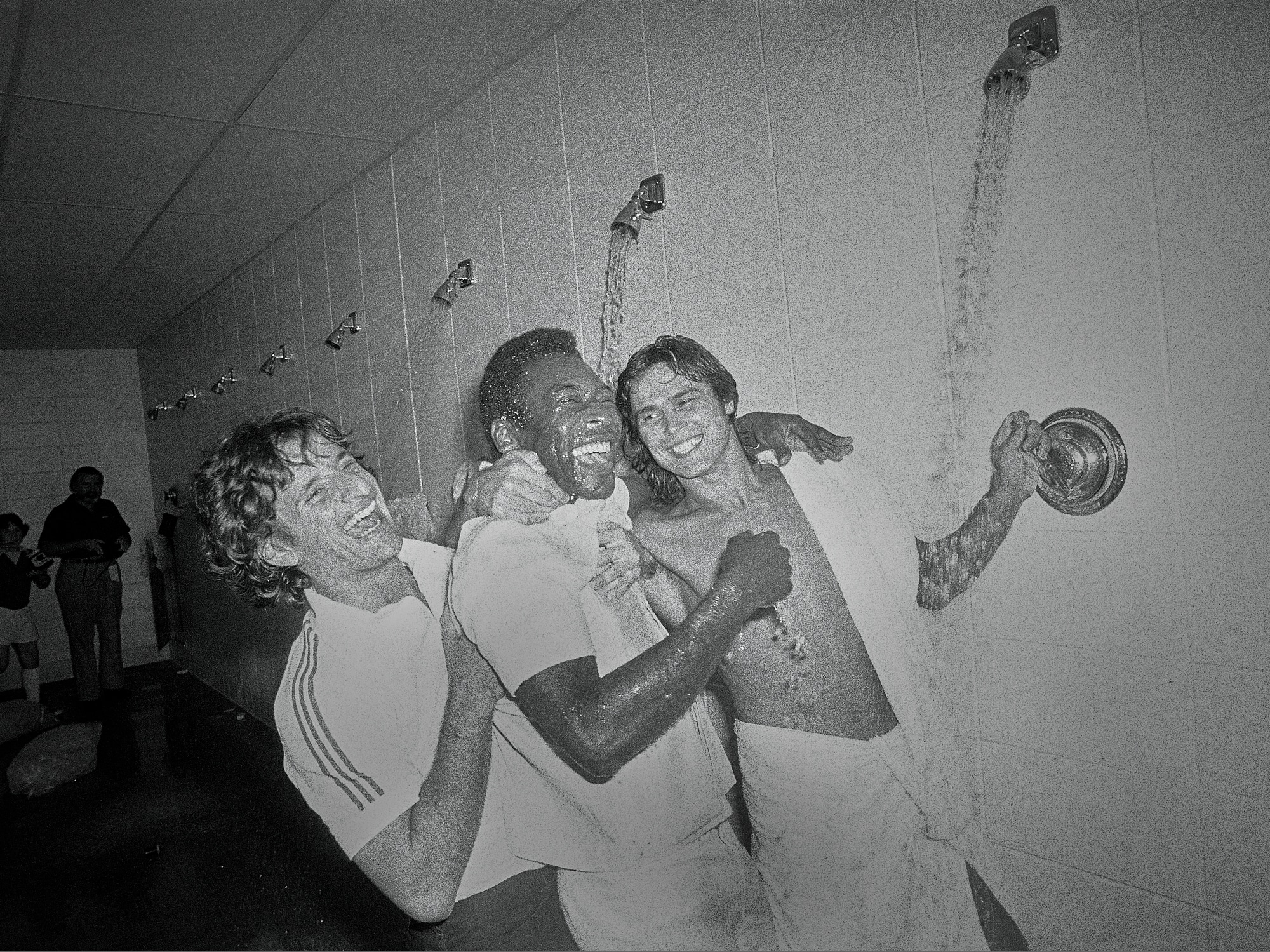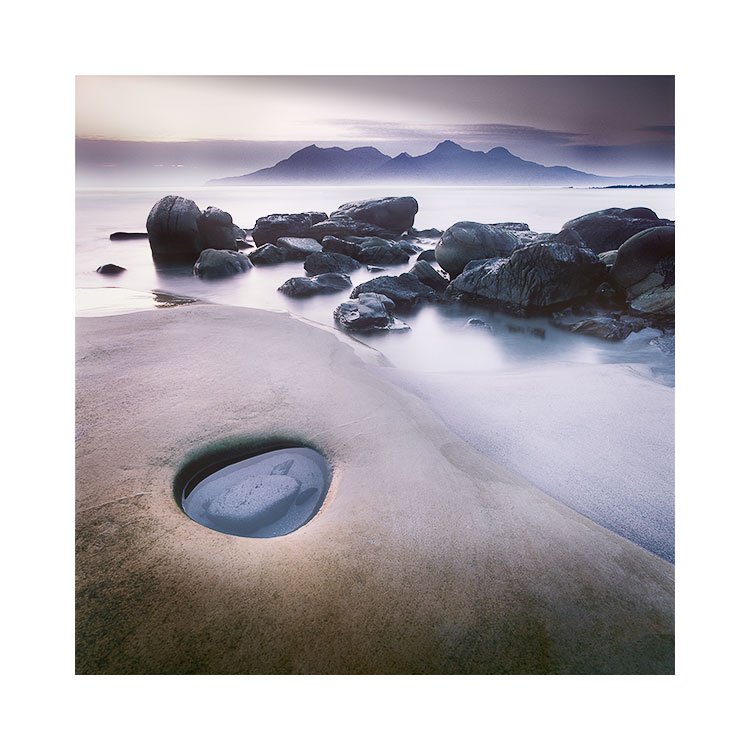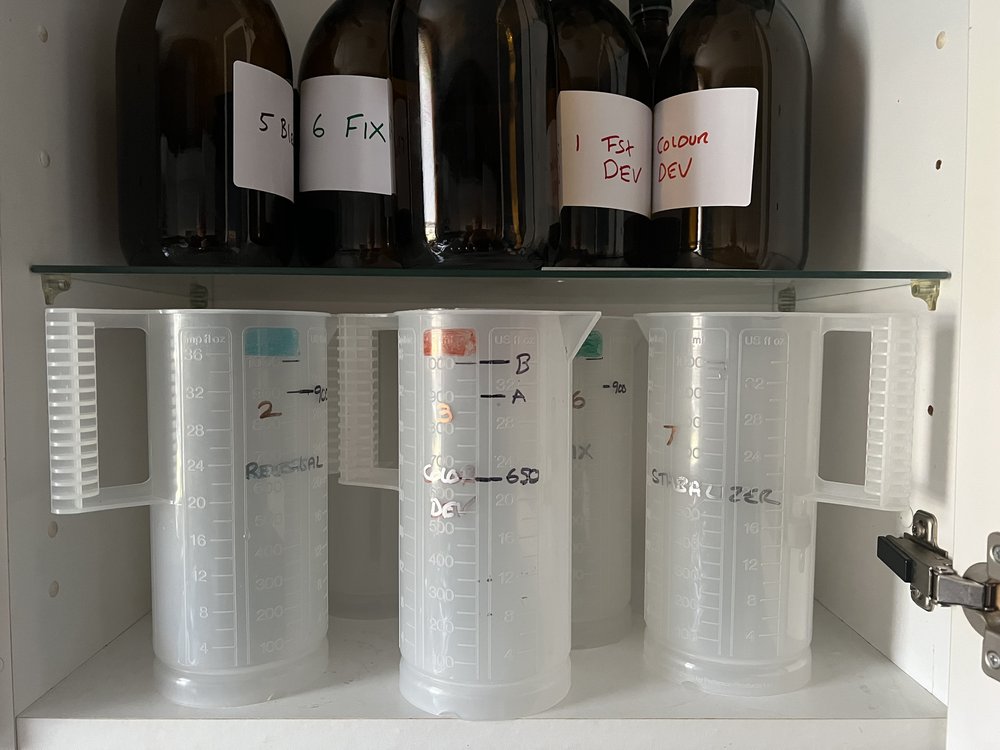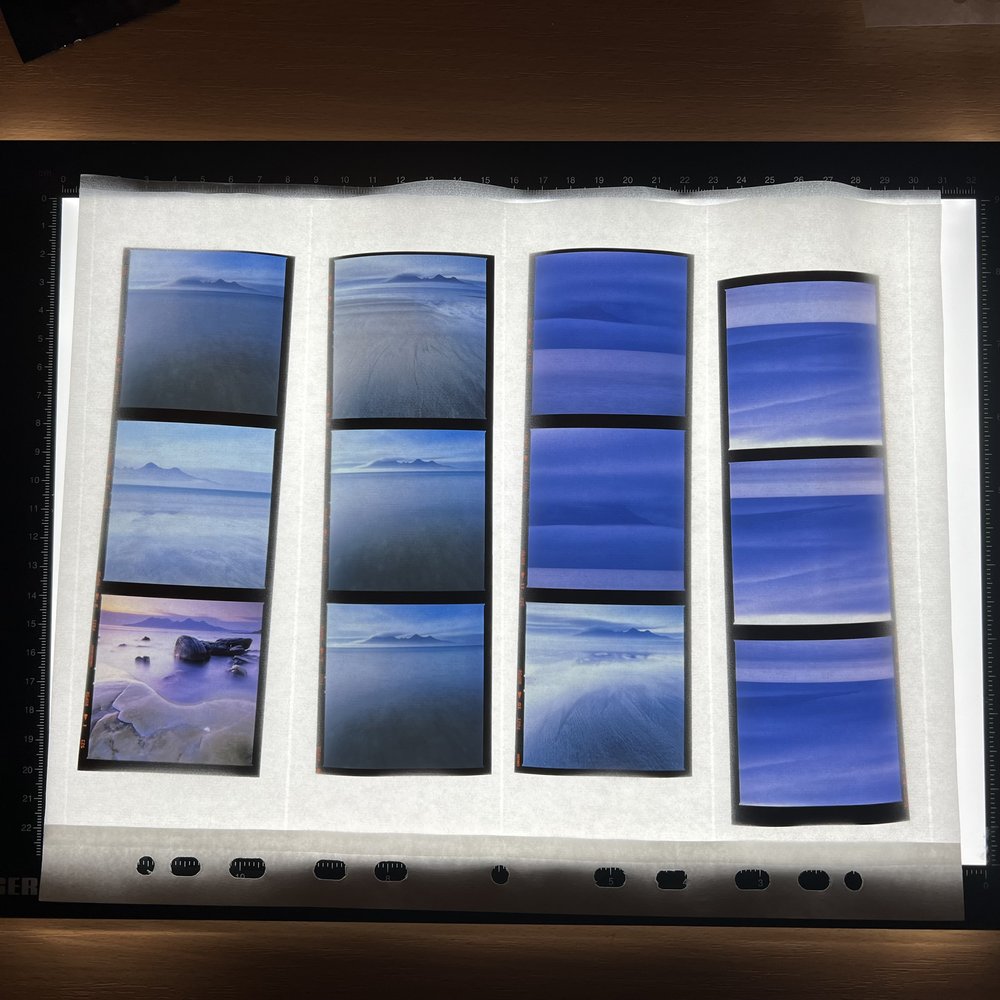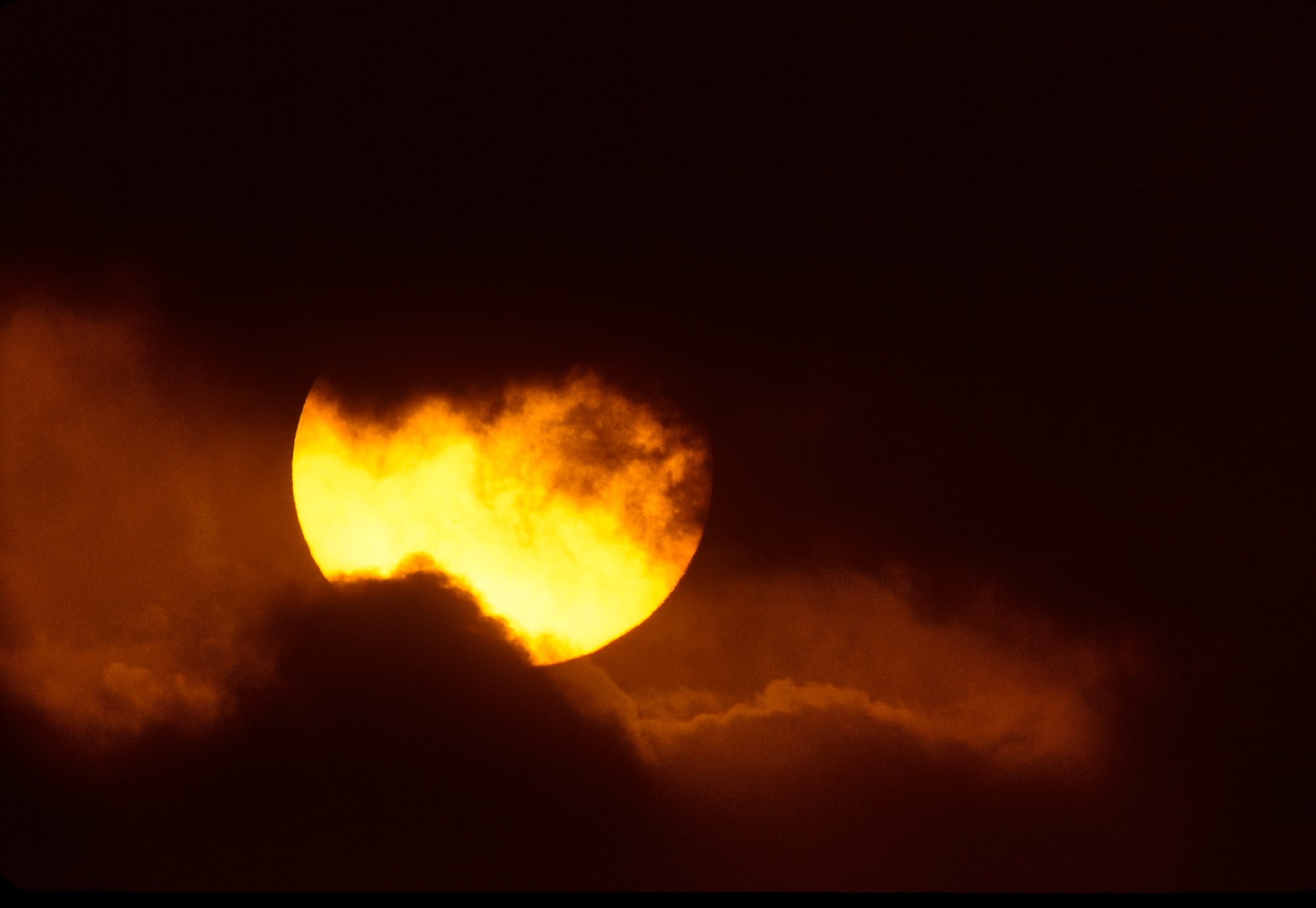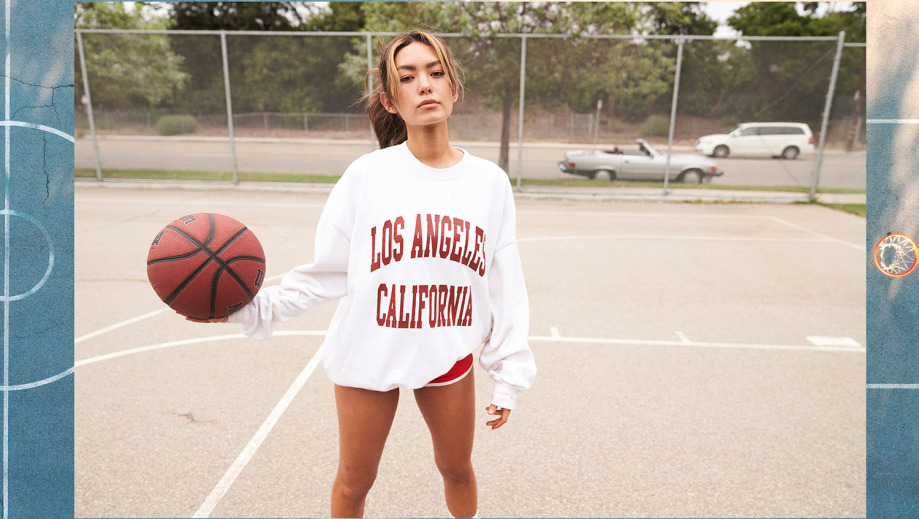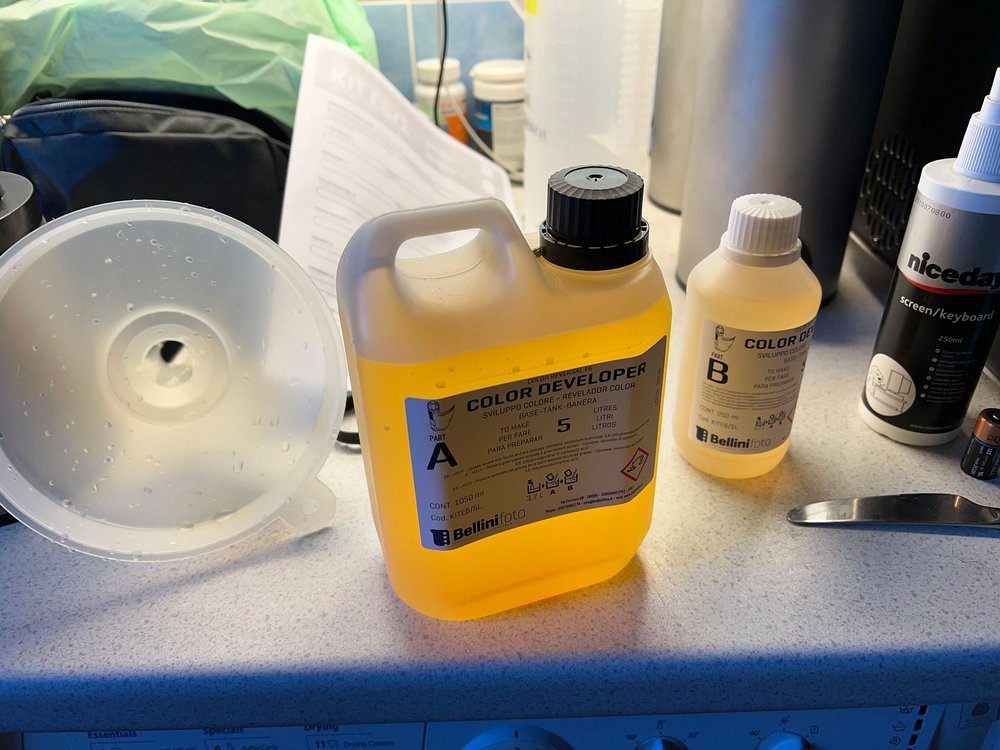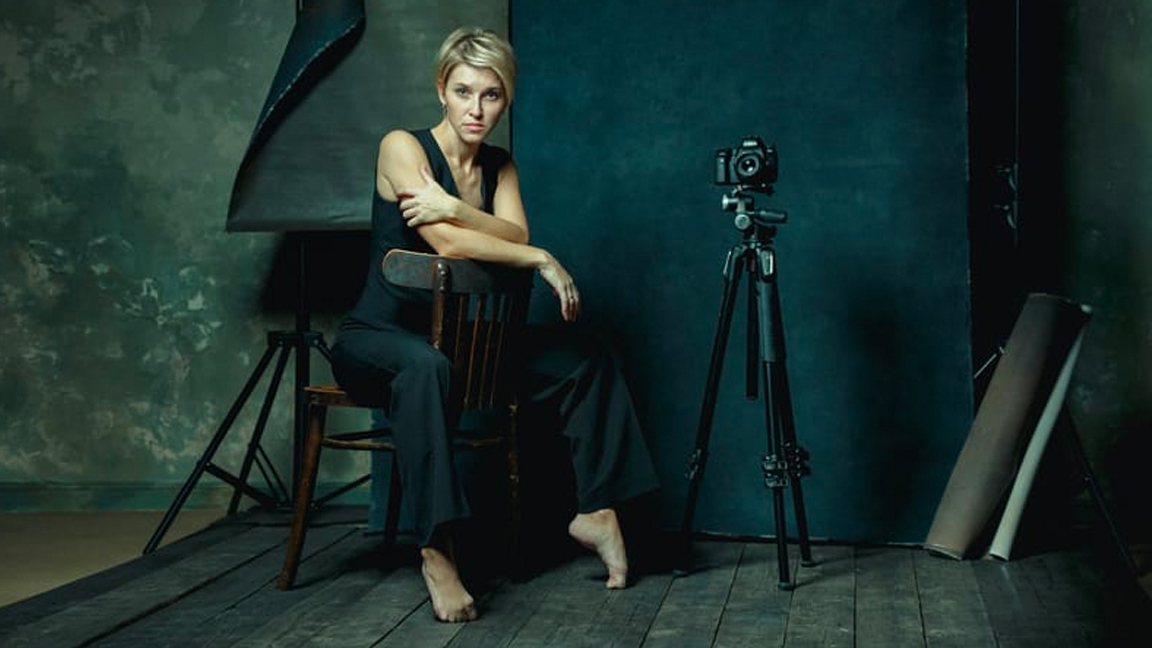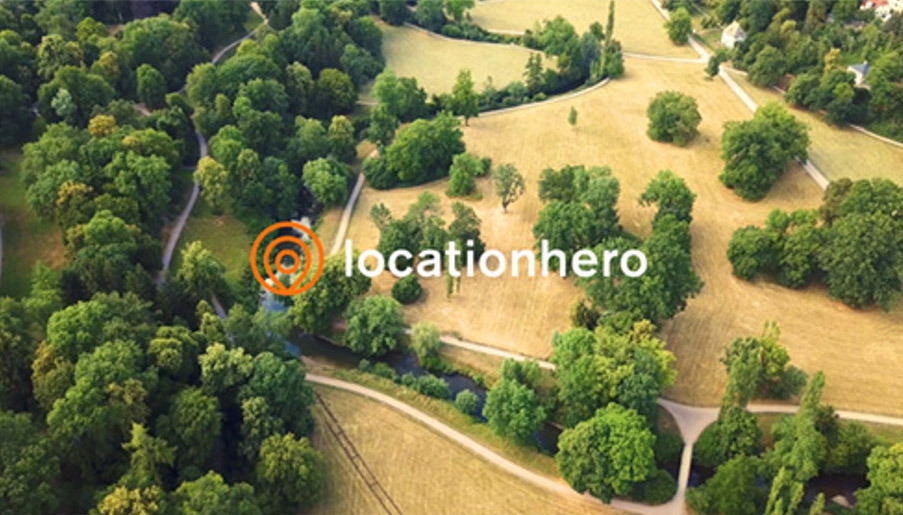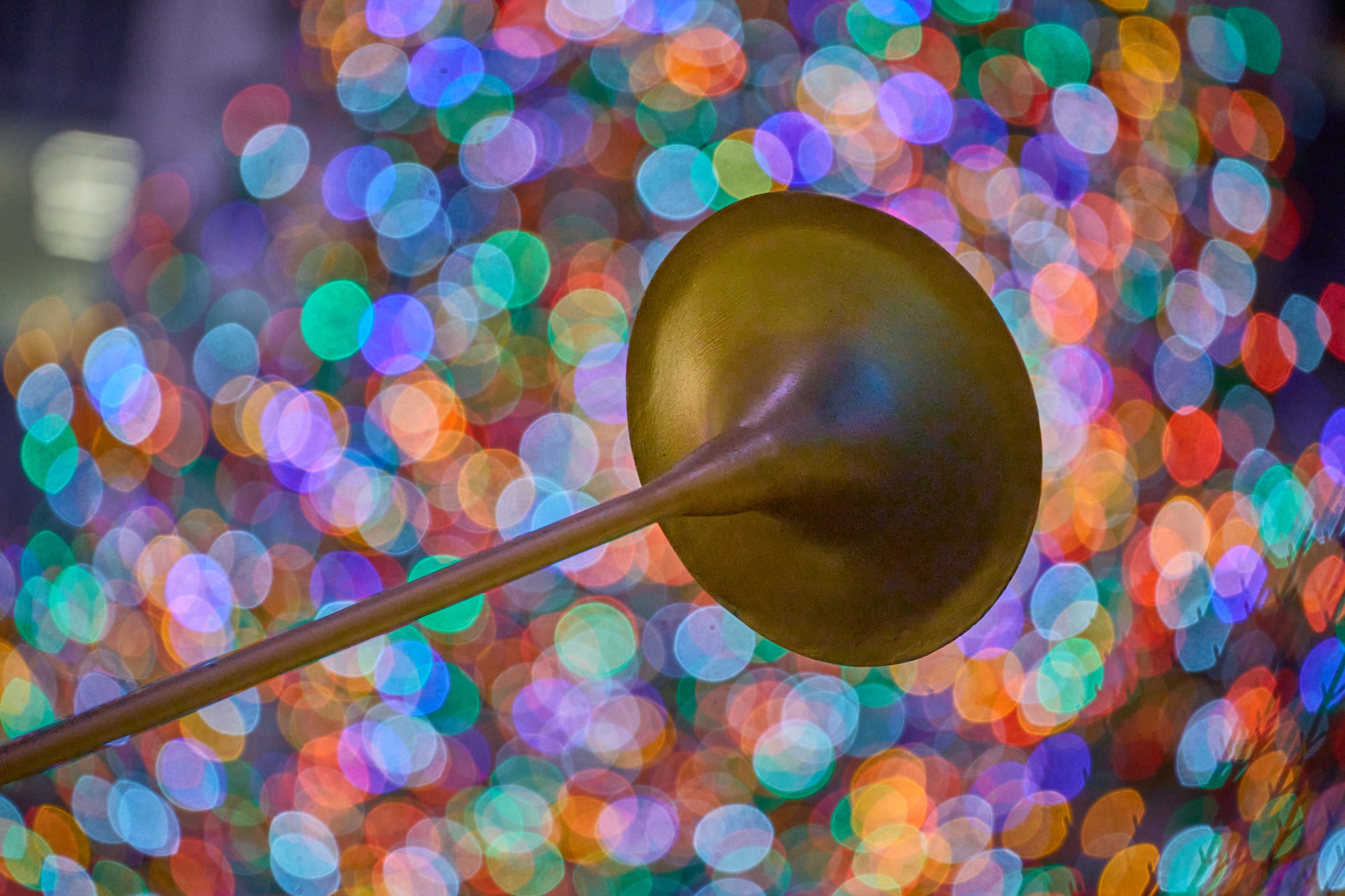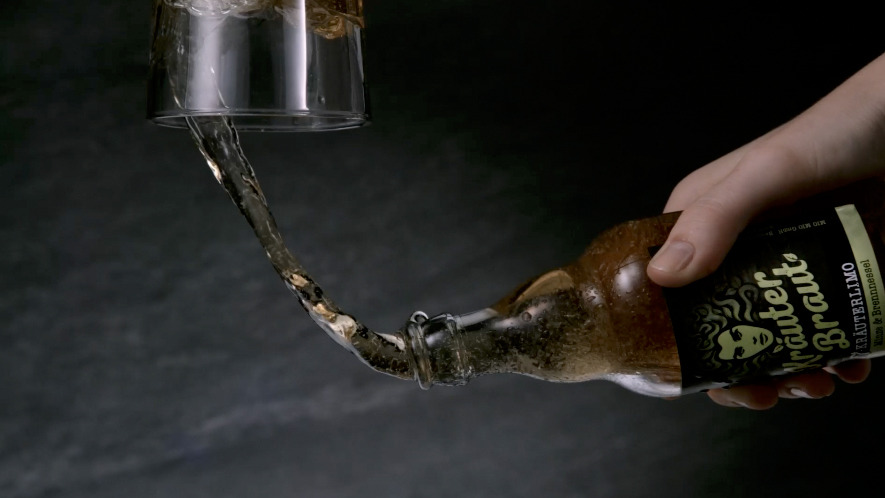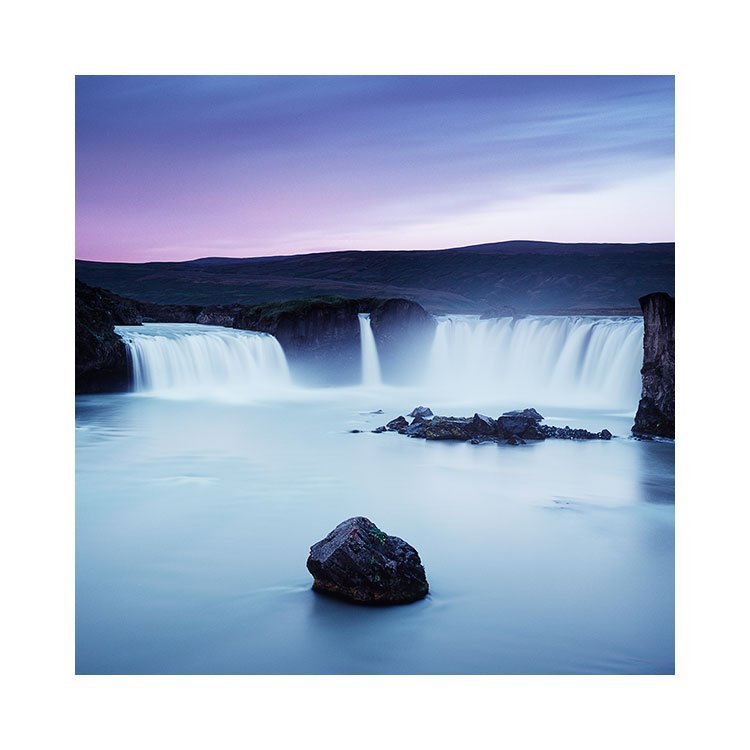Photographers
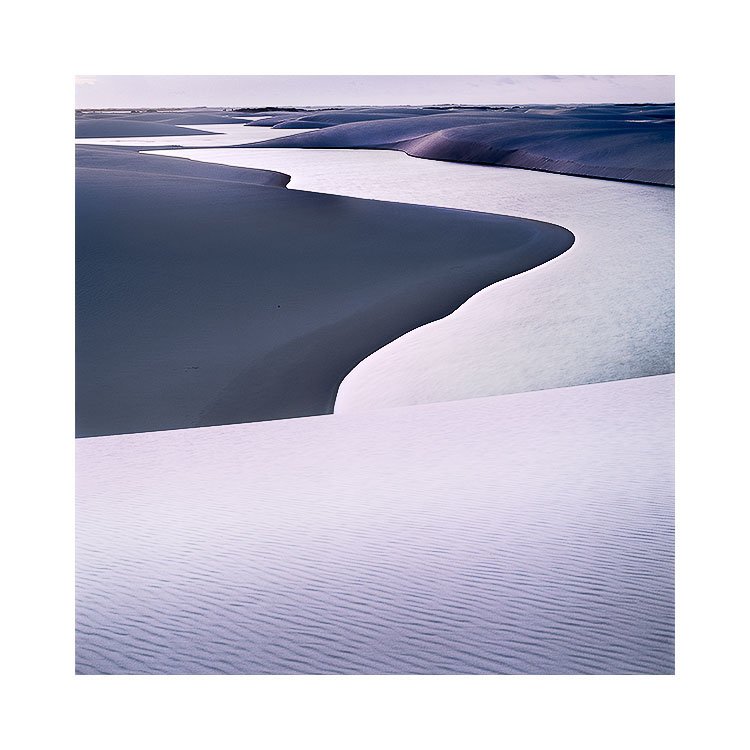
Evolution in Compositional values
The Art of Adventure - Bruce PercyI’ve been thinking lately, how I’m finding I’m becoming more attracted to compositions that may ask the viewer to look again. What might appear at first to be one thing, may turn out to be something else entirely.

For a very long while, I have been drawn to images that do not resolve. Foggy images or images where things become less and less easy to discern - such as the faint line between snow ground and a white sky have intrigued me. I love it for instance when I can remove that line between ground and sky so that trees in the Hokkaido landscape begin to float.
I think ‘composition’ can evolve. It might even follow a common journey such as this:
things are all over the place
removal of extraneous subjects to make the composition cleaner
a further refinement on point 2, where tonal differences are considered just as importantly as subjects are.
This I think is fairly standard. But it is only really partially complete (if composiitonal technique is ever complete - as each new subject we meet, much like a new relationship is always a new puzzle to be worked out). I think that getting your compositions to a point where things feel clean, strong and simple can lead the images to become predictable, or perhaps even boring.
After many years of finding that I’ve been on a path to simplify (without really aiming for this - it just happened for me), I am finding now that these clean compositions are fine, but that I’m now looking for something that provides a bit of an unusual angle to them. I seem to be introducing things, or being attracted to compositions where things are deliberately unclear, or slightly confusing.
Take for instance the image in this post. The main reason why I shot it was that I liked how the light sand bars in the foreground intersect with the river in the midground. I was aware at the time that they would ‘join’ in the minds-eye once compressed down into a 2D image.
For me, every time I look at it, I have to work hard to get away from the mid ground river and foreground sand being one subject. My mind immediately joins them and the result is that they no longer are a river and dunes, but instead have evolved into becoming interesting graphical curves and lines.
This is part of what happens with visual construction. Let me illustrate this by the diagram below:

3 variations of the necker cube. Some are more easy to ‘construct’ in our vision than others.
All three wire-frame objects are cubes. Except that some are more easy to see as cubes than others. I would say the easiest to understand as a cube is the middle drawing. The left image is the 2nd easiest to see as a cube while the right image is the most difficult.
Our vision is a ‘construction’. We aren’t aware of it, because the process is innate. It happens without us knowing we are ‘constructing’ what we see. Using visual illusions such as the three cubes above allows us to see the ‘construction’ in construction :-)
For a moment while you stare at the left hand drawing you don’t ‘see’ the cube, but once you do, the entire drawing seems to morph in your mind’s eye.
This is the kind of optical confusion that I enjoy in some compositions. The image I shot in Lençóis Maranhenses last May does exactly the same thing. Upon first glance you see shapes and lines, and it is only after some understanding that you notice that the sand in the foreground is intersecting with the mid ground river. That what you are looking at is sand and water, not a graphical shape made up of curves and lines.
In a sense, most of my editing life, I would have tried to avoid this confusion, and would have worked to make these two areas of the picture separate. But I quite like marrying two areas of the frame together via tonal similarities if I feel the result may bring forth an image that is less conservative compositionally speaking.
I do think there is room in our imagery and compositions to introduce tension or deliberate confusion. But I think if these things happen during the early stages of us learning to compose we look at them as problems we have to eradicate. It is only after some time of working with compositions where things are clean, clear of intention, that one starts to wish to introduce some kind of tension back into the work.

